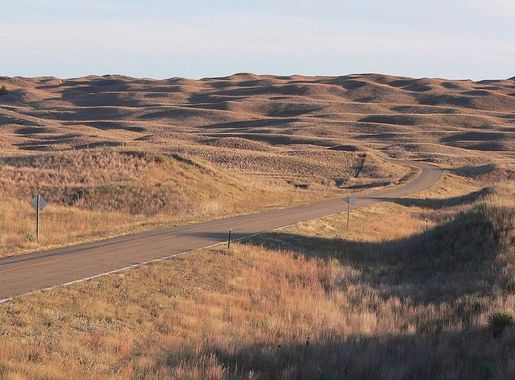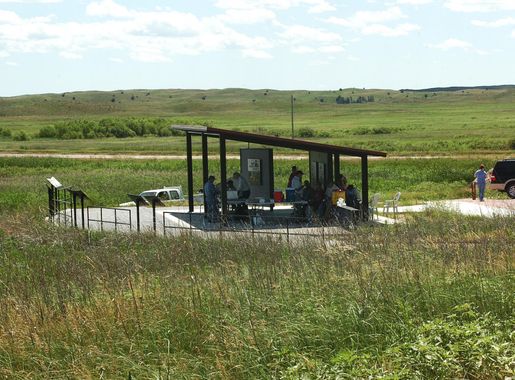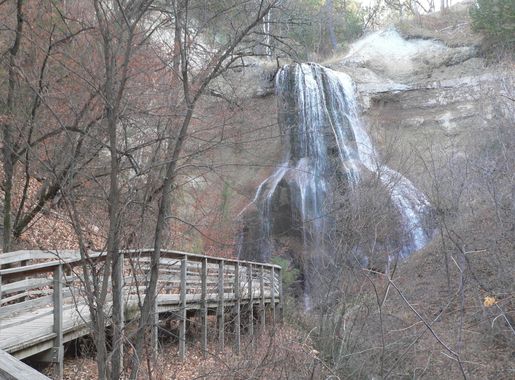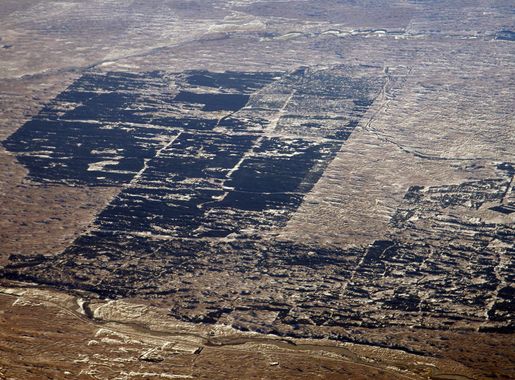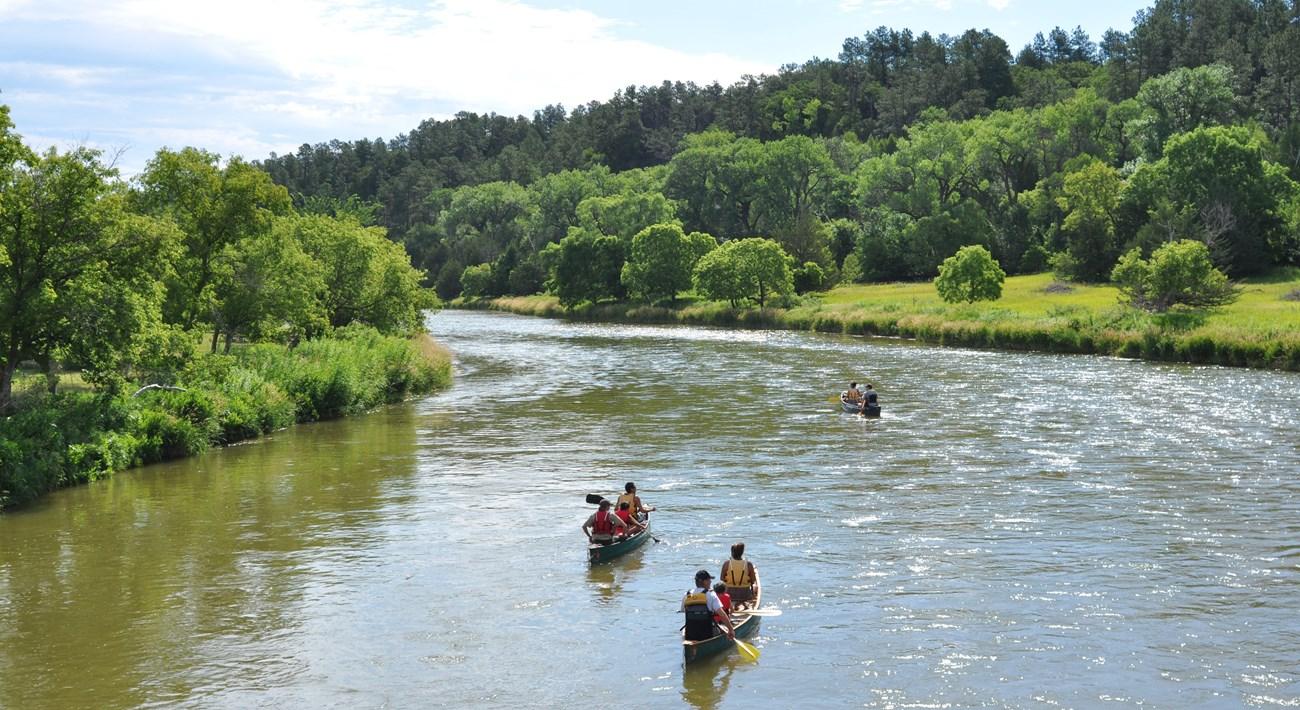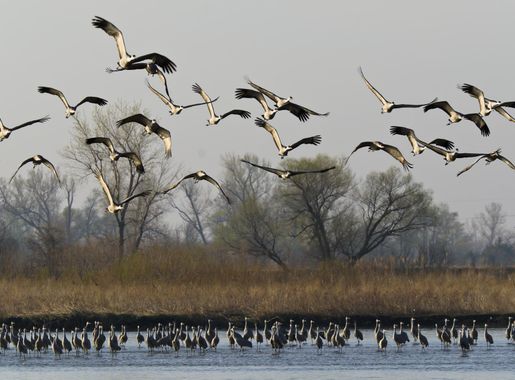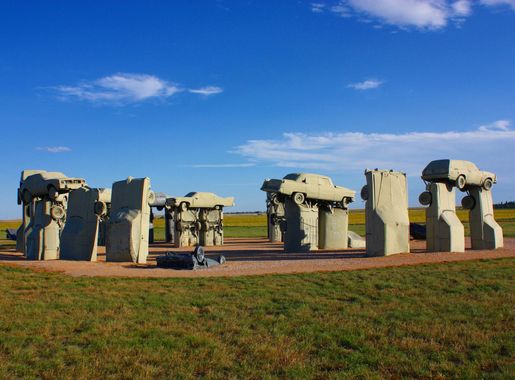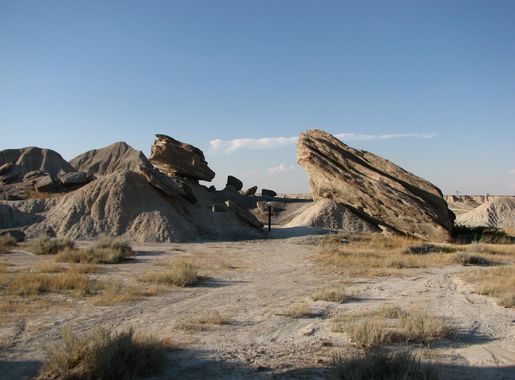
The Enchanting Sandhills of Nebraska
Discover the natural beauty and tranquil charm of the Sandhills in Nebraska, a unique landscape of rolling dunes, rich wildlife, and serene waterways.
The Sandhills of Nebraska are one of the most unique natural wonders in the United States. This vast region, covering nearly a quarter of the state, is characterized by rolling sand dunes that are stabilized by a thick layer of prairie grass. The dunes, some of which reach heights of up to 400 feet, were formed thousands of years ago and create a stunning, undulating landscape unlike any other in the country. The Sandhills are a haven for nature lovers, offering a serene escape from the hustle and bustle of city life. The region is home to a rich variety of wildlife, including deer, coyotes, and numerous bird species, making it a perfect spot for birdwatching and wildlife photography. The abundant grasslands also support a thriving cattle ranching industry, and visitors can often see herds of cattle grazing peacefully in the distance. Water is another key feature of the Sandhills, with numerous rivers, lakes, and wetlands dotting the landscape. The Niobrara River, in particular, is a favorite destination for canoeing and kayaking, offering gentle currents and breathtaking views of the surrounding dunes and bluffs. In the summer, the lakes and ponds provide excellent opportunities for fishing, swimming, and other water-based activities. For those interested in history and culture, the Sandhills have a wealth of stories to tell. The region has been inhabited for thousands of years, and evidence of ancient Native American cultures can still be found in the form of burial mounds and artifacts. More recent history is also on display, with small towns and ranches offering a glimpse into the pioneer way of life. Whether you're seeking adventure or tranquility, the Sandhills of Nebraska offer a unique and unforgettable experience. From exploring the vast open spaces to discovering the local history, there's something here for everyone.
Local tips in Sandhills
- Best time to visit is late spring to early fall when the weather is mild and the landscape is lush.
- Pack plenty of water and sun protection as the open landscape offers little shade.
- Consider a guided tour to learn more about the unique ecology and history of the region.
- Don't miss the chance to canoe or kayak on the Niobrara River for a peaceful adventure.
- Look out for local wildlife, especially during early morning or late evening hours.
The Enchanting Sandhills of Nebraska
The Sandhills of Nebraska are one of the most unique natural wonders in the United States. This vast region, covering nearly a quarter of the state, is characterized by rolling sand dunes that are stabilized by a thick layer of prairie grass. The dunes, some of which reach heights of up to 400 feet, were formed thousands of years ago and create a stunning, undulating landscape unlike any other in the country. The Sandhills are a haven for nature lovers, offering a serene escape from the hustle and bustle of city life. The region is home to a rich variety of wildlife, including deer, coyotes, and numerous bird species, making it a perfect spot for birdwatching and wildlife photography. The abundant grasslands also support a thriving cattle ranching industry, and visitors can often see herds of cattle grazing peacefully in the distance. Water is another key feature of the Sandhills, with numerous rivers, lakes, and wetlands dotting the landscape. The Niobrara River, in particular, is a favorite destination for canoeing and kayaking, offering gentle currents and breathtaking views of the surrounding dunes and bluffs. In the summer, the lakes and ponds provide excellent opportunities for fishing, swimming, and other water-based activities. For those interested in history and culture, the Sandhills have a wealth of stories to tell. The region has been inhabited for thousands of years, and evidence of ancient Native American cultures can still be found in the form of burial mounds and artifacts. More recent history is also on display, with small towns and ranches offering a glimpse into the pioneer way of life. Whether you're seeking adventure or tranquility, the Sandhills of Nebraska offer a unique and unforgettable experience. From exploring the vast open spaces to discovering the local history, there's something here for everyone.
When is the best time to go to Sandhills?
Iconic landmarks you can’t miss
Carhenge
Discover the enchanting Carhenge, a unique homage to Stonehenge made from vintage cars, nestled in Nebraska's scenic Sandhills.
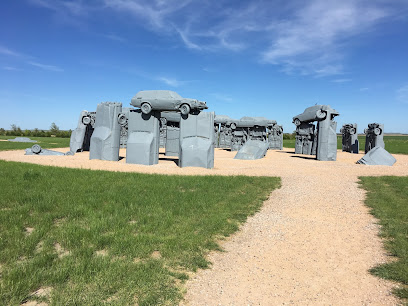
Great Platte River Road Archway Monument
Explore the Great Platte River Road Archway Monument, a historical marvel celebrating the journey of pioneers and the spirit of the American West.
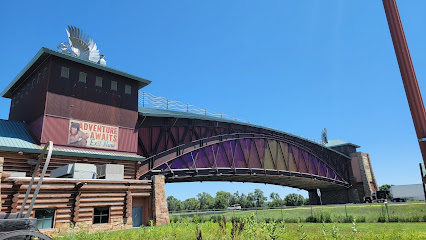
Scotts Bluff National Monument
Discover the breathtaking beauty and historical significance of Scotts Bluff National Monument, a must-see landmark in Nebraska's stunning landscape.
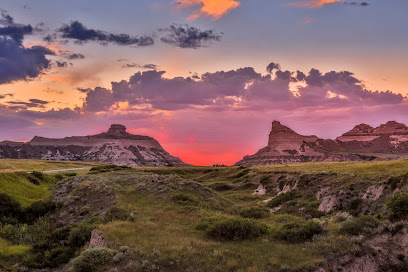
Pioneer Village
Explore Pioneer Village in Minden, NE, where history comes alive through captivating exhibits and authentic artifacts showcasing America's pioneering spirit.
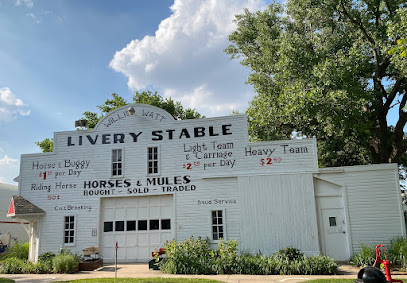
Chimney Rock Museum
Explore Nebraska's past at Chimney Rock Museum, where history, culture, and nature intertwine to create an unforgettable experience.
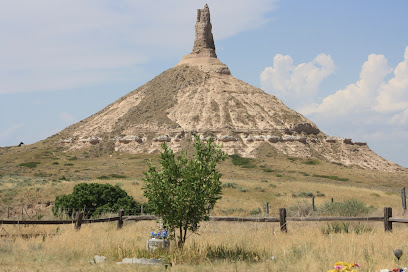
Crane Trust Nature & Visitor Center
Explore the breathtaking landscapes and rich wildlife at Crane Trust Nature & Visitor Center, a vital hub for nature lovers and conservation enthusiasts in Nebraska.
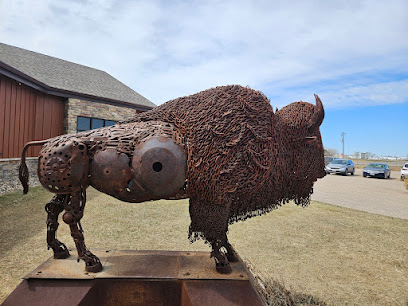
Historic Haymarket
Explore Historic Haymarket, a vibrant district in Lincoln, Nebraska, blending rich history with modern attractions, dining, and shopping experiences.
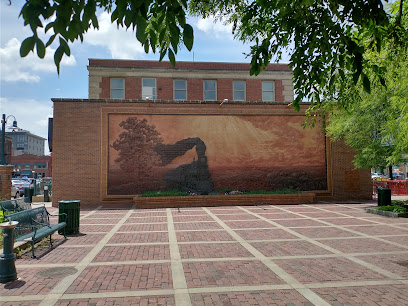
Toadstool Geological Park and Campground
Discover the enchanting landscapes and unique geological formations at Toadstool Geological Park and Campground in Harrison, Nebraska.
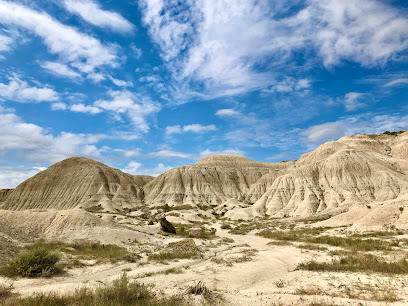
Buffalo Bill Ranch State Historical Park Museum
Explore the captivating history of the American West at the Buffalo Bill Ranch State Historical Park Museum in North Platte, Nebraska.
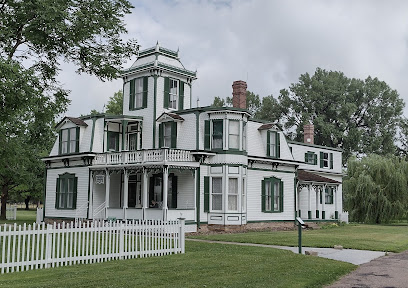
Fort Atkinson State Historical Park
Discover the historical treasures and scenic beauty of Fort Atkinson State Historical Park, a must-visit destination in Nebraska for history enthusiasts and families.
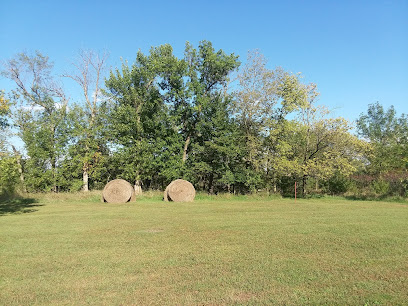
Windmill State Park
Discover the tranquil beauty of Windmill State Park, a perfect destination for nature lovers and outdoor enthusiasts in Nebraska.
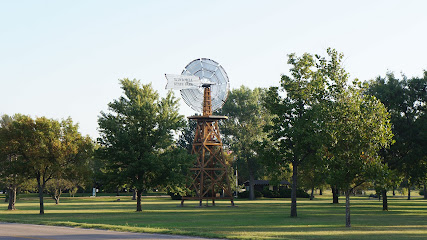
Rowe Sanctuary
Experience the breathtaking migration of Sandhill Cranes at Rowe Sanctuary, Nebraska's premier wildlife refuge and natural wonder.
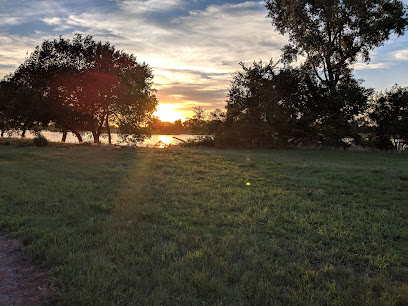
Nebraska National Forest, Bessey Ranger District
Explore the expansive Nebraska National Forest, a haven for outdoor lovers with trails, wildlife, and rich ecosystems in the heart of the Sandhills.
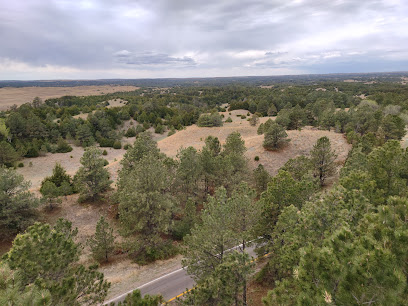
Alliance Knight Museum
Explore the rich history and culture of Nebraska at the Alliance Knight Museum, where engaging exhibits and local stories come to life.
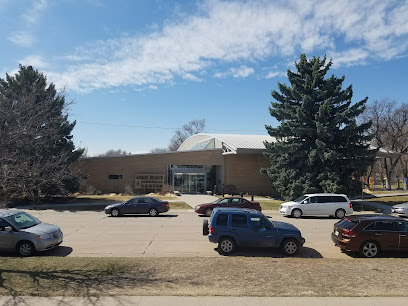
Fort Kearny State Historical Park
Experience the rich history of the American frontier at Fort Kearny State Historical Park, a must-visit destination in Kearney, Nebraska.
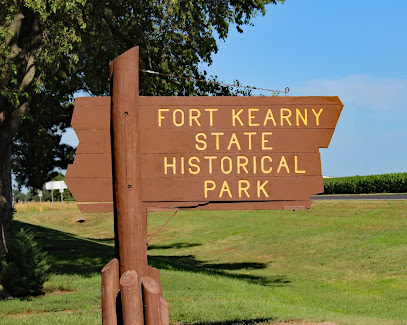
Unmissable attractions to see
Crane Trust Nature & Visitor Center
Experience Nebraska's stunning wildlife and breathtaking landscapes at the Crane Trust Nature & Visitor Center, a must-visit for nature lovers.
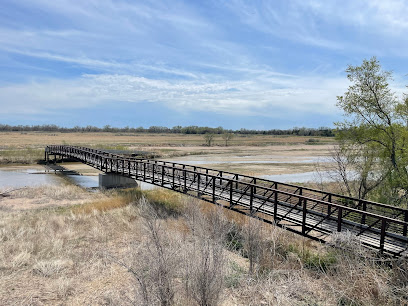
Windmill State Park
Explore Windmill State Park, a serene natural retreat in Gibbon, Nebraska, perfect for outdoor adventures and wildlife photography.
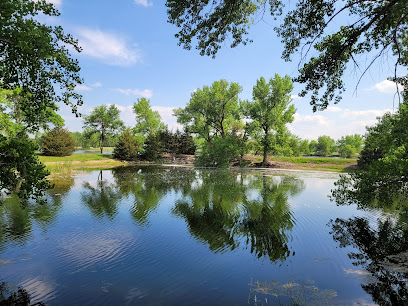
Rowe Sanctuary
Discover the breathtaking sandhill crane migration and explore the natural beauty of Rowe Sanctuary in Nebraska, a premier wildlife refuge and visitor center.
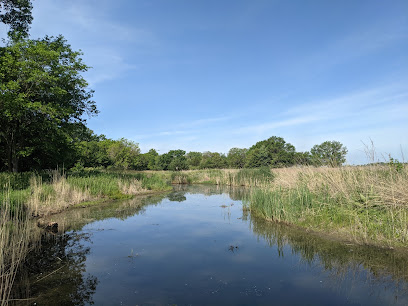
Fort Niobrara National Wildlife Refuge
Explore Fort Niobrara National Wildlife Refuge, a Nebraska gem teeming with diverse wildlife and breathtaking landscapes for nature enthusiasts.
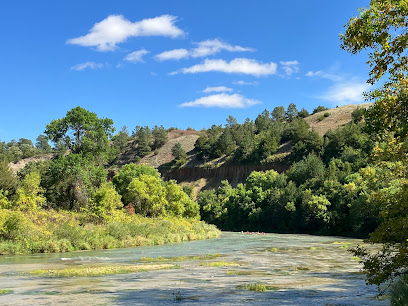
Alliance Knight Museum
Explore the Alliance Knight Museum: A gateway to Nebraska's rich history and cultural heritage, showcasing fascinating exhibits and engaging stories.
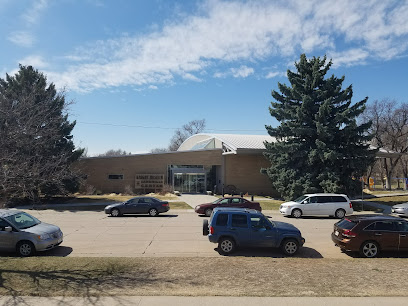
Fort Kearny State Historical Park
Explore the historical significance and natural beauty of Fort Kearny State Historical Park, a unique attraction melding Nebraska's past with outdoor adventures.
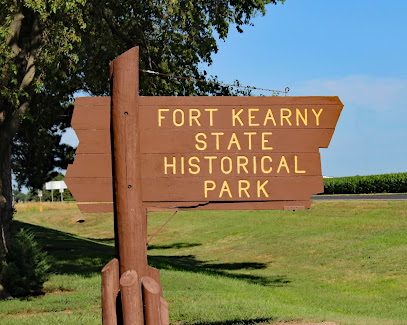
Iain Nicolson Audubon Center at Rowe Sanctuary
Experience the breathtaking beauty of Nebraska's wildlife at the Iain Nicolson Audubon Center, a premier destination for nature lovers and birdwatching enthusiasts.
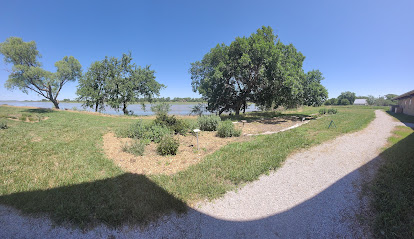
Happy Jack Chalk Mine Association
Explore the historical depths of the Happy Jack Chalk Mine in Nebraska, where adventure meets education in a fascinating underground experience.
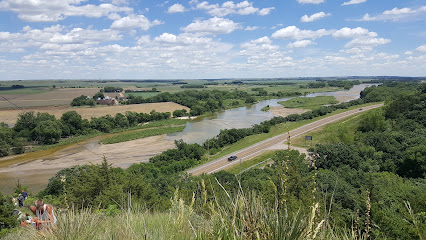
Long Pine State Recreation Area
Discover the tranquil escape of Long Pine State Recreation Area, a natural wonder in Nebraska perfect for outdoor enthusiasts and nature lovers.

Fort Hartsuff State Historical Park
Explore the rich history and scenic beauty of Fort Hartsuff State Historical Park, a unique Nebraska treasure perfect for all travelers.

Dobby's Frontier Town
Explore the heart of pioneer history at Dobby's Frontier Town in Alliance, Nebraska, where every building tells a story of the American West.
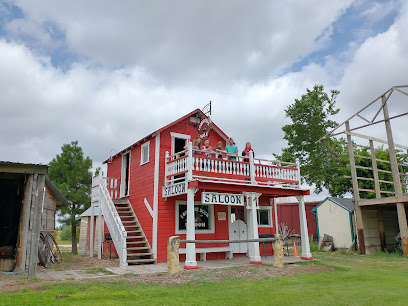
Niobrara National Scenic River Visitor Center
Explore the Niobrara National Scenic River Visitor Center, your gateway to Nebraska's stunning landscapes and outdoor adventures, rich in natural beauty and history.
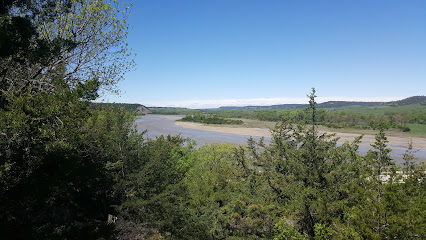
Mignery Sculpture Garden
Discover the Mignery Sculpture Garden in Bartlett, Nebraska, where art and nature come together in a breathtaking outdoor gallery of bronze sculptures.
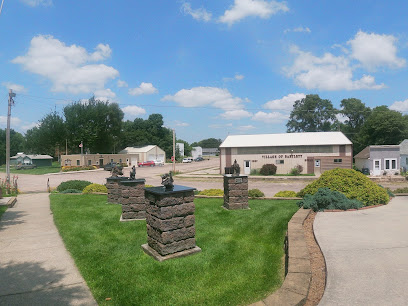
Niobrara Valley Preserve
Experience the breathtaking landscapes and diverse ecosystems of Niobrara Valley Preserve, a natural haven in Nebraska perfect for outdoor adventures.
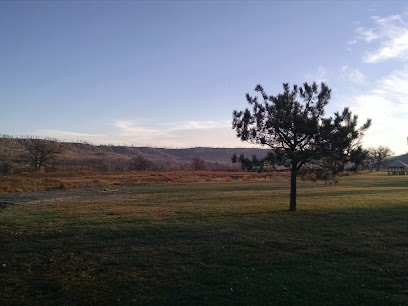
The Sandhills historical marker
Explore the Sandhills Historical Marker in Thedford, Nebraska, and discover the rich cultural heritage and breathtaking landscapes of this unique region.
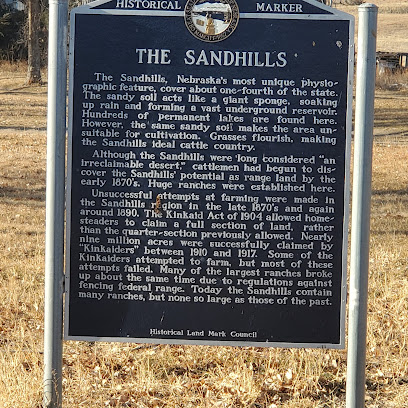
Essential places to dine
Tommy's Family Restaurant
Discover delicious American comfort food at Tommy's Family Restaurant in Grand Island - perfect for families seeking great dining experiences.
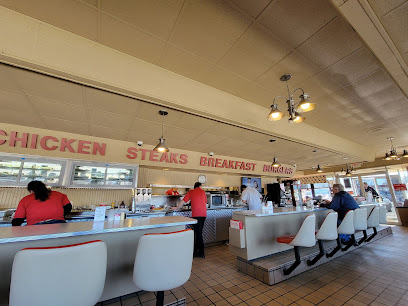
Ollie & Hobbes Craft Kitchen - Papillion
Discover the culinary delights of Ollie & Hobbes Craft Kitchen in Papillion - where American cuisine meets creativity in a cozy setting.
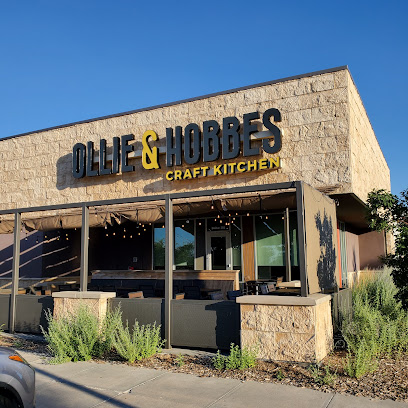
Lazlo's Brewery & Grill - Omaha
Experience the best of American cuisine at Lazlo's Brewery & Grill in Omaha, where great food meets local craft brews.
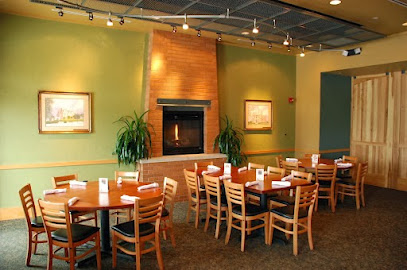
Peppermill Restaurant & EKV Lounge
Discover delicious steaks and American cuisine at Peppermill Restaurant & EKV Lounge in Valentine, Nebraska – a must-visit culinary destination.
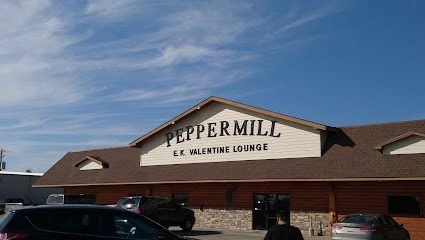
Farmer Brown's Steak House
Discover the rich flavors of Nebraska at Farmer Brown's Steak House – where every steak tells a story.

Screamers Family Restaurant
Discover Screamers Family Restaurant in Lincoln – where delicious American cuisine meets lively dinner theater for an unforgettable dining experience.
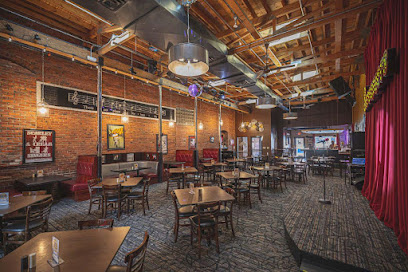
Sin City Grill
Experience mouthwatering burgers and delightful sandwiches at Sin City Grill in Grand Island – where family-friendly meets fun!

Front Street Steakhouse & Crystal Palace Saloon
Discover delectable steaks and rich local history at Front Street Steakhouse & Crystal Palace Saloon in Ogallala, Nebraska.

Kahill's Chophouse
Discover culinary excellence at Kahill's Chophouse in South Sioux City—where premium steaks meet fresh seafood in an inviting atmosphere.
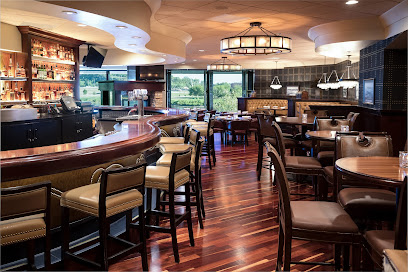
El Bee's
Experience authentic Mexican cuisine and vibrant nightlife at El Bee's in Waterloo – where every bite tells a story.
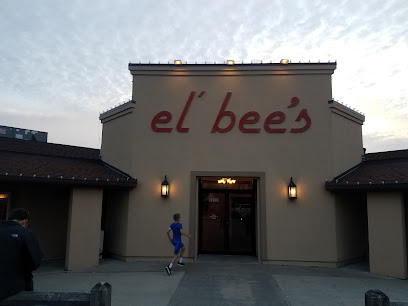
Coppermill Steakhouse & Lounge
Discover the exquisite flavors of Coppermill Steakhouse & Lounge in Kearney - where gourmet steaks meet cozy elegance.
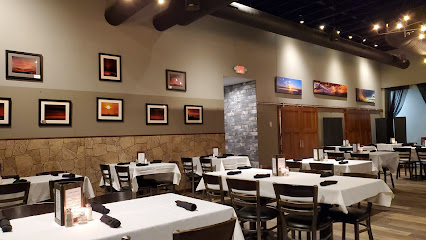
Udder Delights
Experience the heartwarming taste of American comfort food at Udder Delights in Wayne, Nebraska—where every meal feels like home.

The Black Crow
Experience authentic American flavors at The Black Crow in Beatrice – where fresh ingredients meet cozy ambiance.
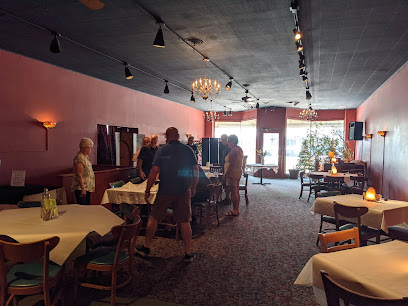
Outer Limits
Experience delicious grill cuisine at Outer Limits in Valley, Nebraska—where great food meets a welcoming atmosphere.

Broken Bow Legends Neighborhood Grill
Experience the warm hospitality and delicious grill specialties at Broken Bow Legends Neighborhood Grill in Nebraska.
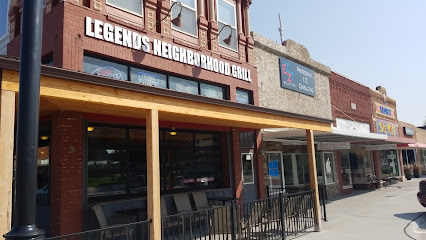
Markets, malls and hidden boutiques
Fort Cody Trading Post
Explore the Fort Cody Trading Post for a unique shopping experience filled with local crafts, history, and Western memorabilia in North Platte, Nebraska.

Ashley's Vintage
Explore Ashley's Vintage in Omaha for unique gifts, collectibles, and a touch of local charm that brings your travel memories to life.

Aura Vibes ~ Crystals and Unique Gifts Shop
Discover the magic of Aura Vibes, where crystals, unique gifts, and holistic supplies await in a serene shopping experience.
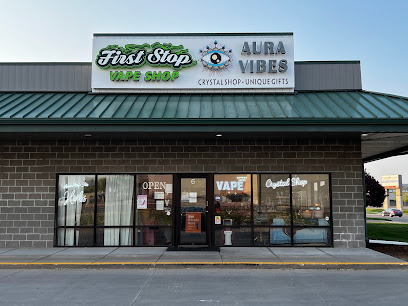
Fantasy Gifts
Explore Fantasy Gifts in North Platte, Nebraska, for unique souvenirs and handcrafted treasures that capture the local spirit.

Rustic & Red
Discover a charming gift shop in Cozad, Nebraska, featuring unique handcrafted items that celebrate local artistry and creativity.
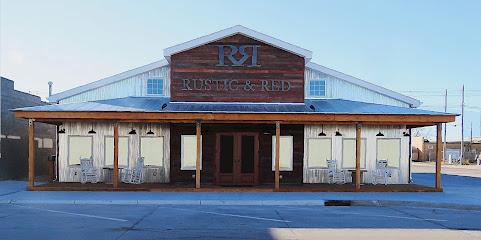
Ranch-Land Western Store
Explore the charm of the American West at Ranch-Land Western Store in Ainsworth, offering authentic Western apparel and accessories.
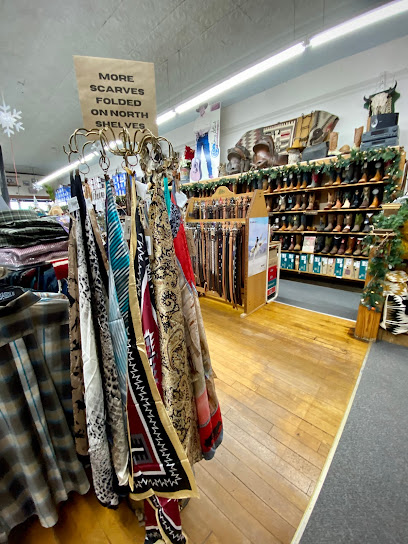
Sandhill Sutton’s Speed & Supply
Explore the eclectic offerings of Sandhill Sutton’s Speed & Supply, your one-stop shop for outdoor gear, local goods, and essential services in Nebraska.
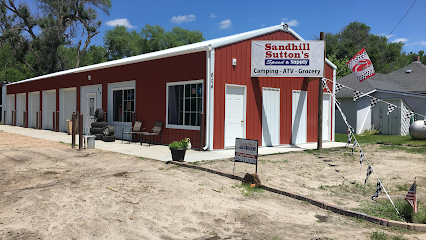
Lillie Kate Boutique
Discover unique fashion and charming gifts at Lillie Kate Boutique, Broken Bow's premier shopping destination for families and fashion lovers.
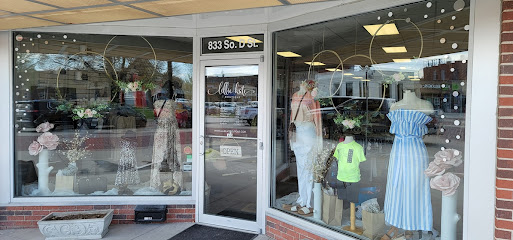
Ortello Dale
Discover Ortello Dale: A unique gift shop and coffee haven in Broken Bow, Nebraska, perfect for souvenirs and relaxation.
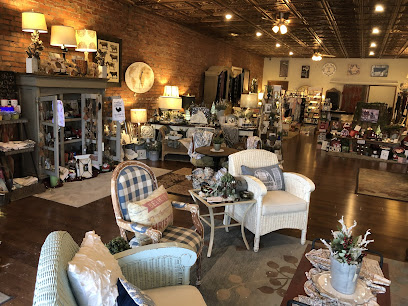
Community Connection
Explore the Community Connection Thrift Store in Broken Bow, Nebraska, where every item tells a story and supports local charitable efforts.

Sublime Boutique
Discover unique fashion treasures at Sublime Boutique in Stapleton, Nebraska—a must-visit for style enthusiasts and local art lovers alike.
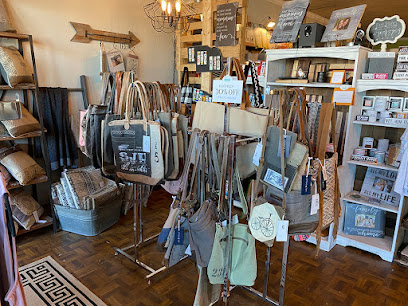
Chapin's Furniture & Decorating
Explore Chapin's Furniture & Decorating in Broken Bow, NE - your go-to destination for unique, handcrafted furniture and home decor.
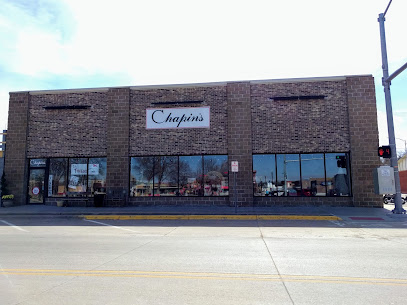
X-Change 2
Explore the charm of X-Change 2, a thrift store in Broken Bow offering unique clothing and accessories for eco-conscious shoppers.
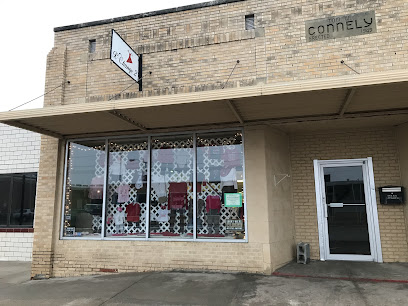
The Secret Garden
Discover the charm of The Secret Garden in Merna, Nebraska, a delightful store filled with local crafts, unique gifts, and serene gardens.

Harsh Mercantile
Discover Harsh Mercantile in Purdum, Nebraska: your one-stop shop for local goods and a warm community experience.
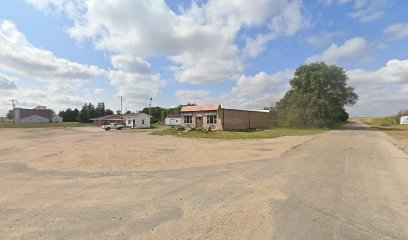
Essential bars & hidden hideouts
Red Robin Gourmet Burgers and Brews
Experience the best of American dining at Red Robin Gourmet Burgers and Brews in Columbia, SC, where every meal is a celebration of flavor and fun.
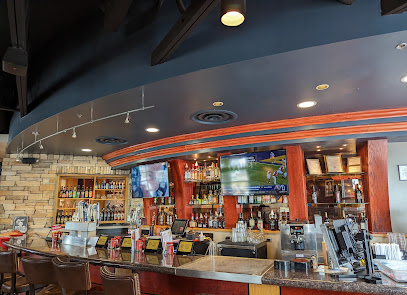
J.R. Cash's Grill and Bar
Experience the best of American cuisine at J.R. Cash's Grill and Bar in Columbia, SC – a must-visit spot for delicious grilled dishes and refreshing drinks.
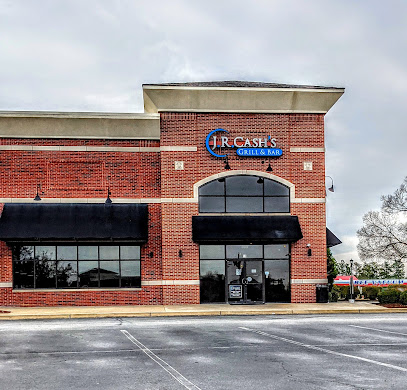
Ramada by Wyndham North Platte & Sandhills Convention Ctr
Discover comfort and convenience at Ramada by Wyndham North Platte, your perfect home base for exploring Nebraska's scenic wonders.

Twisted Vine
Experience the lively ambiance at Twisted Vine, where great drinks, live music, and a welcoming beer garden await you in Papillion, Nebraska.
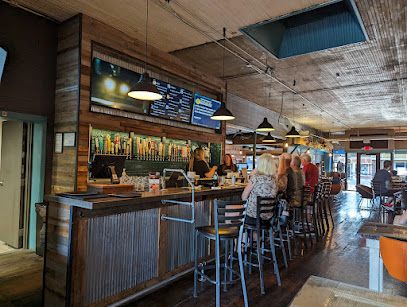
Outer Limits
Experience the best of grilled cuisine at Outer Limits, a beloved restaurant in Valley, Nebraska, known for its delicious meals and welcoming atmosphere.
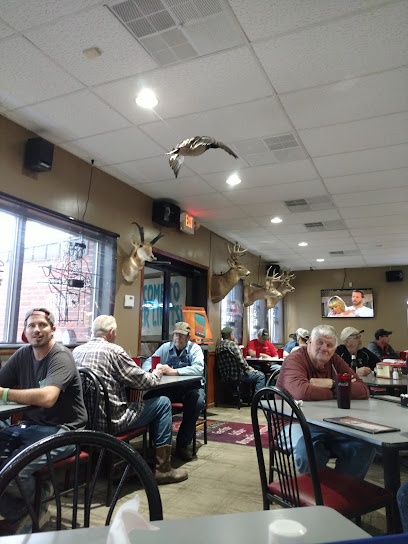
Don's Bar
Discover Don's Bar: A charming local bar in Memphis, Nebraska, offering delicious food, refreshing drinks, and an inviting atmosphere.

Spruce Street Tavern
Experience the warmth and charm of Spruce Street Tavern, the ideal spot for drinks, food, and community in Valley, Nebraska.
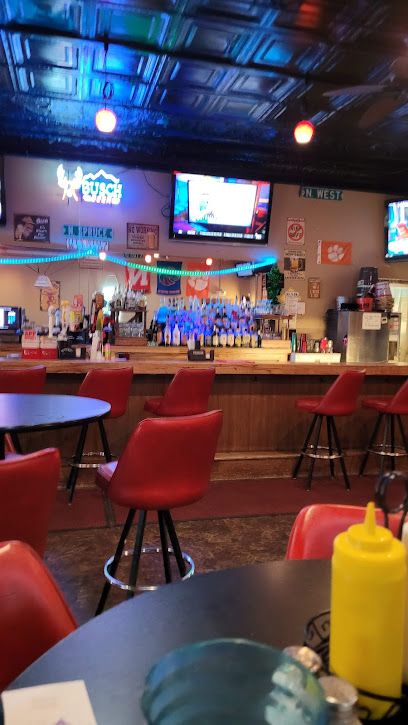
Sand Hills Lounge
Enjoy a lively atmosphere, delicious food, and refreshing drinks at Sand Hills Lounge in Long Pine, Nebraska, the perfect bar experience for every traveler.
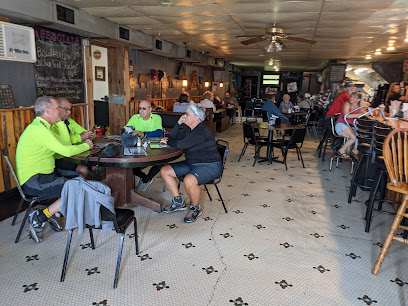
Sandhills Corral
Experience hearty American cuisine at Sandhills Corral, a charming restaurant in Thedford, Nebraska, showcasing local flavors in a cozy ambiance.

Subway
Experience fast and fresh dining at Subway, where you can customize delicious sandwiches and salads in Wayne, Nebraska.
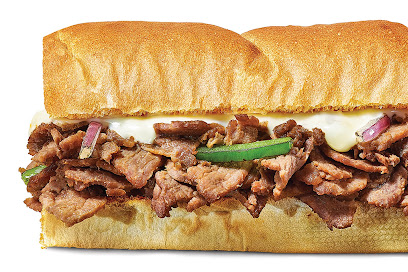
Nebrask Inn
Experience the warmth of Nebraska at Nebrask Inn, where delicious grilled meals and friendly service await you in Bristow.
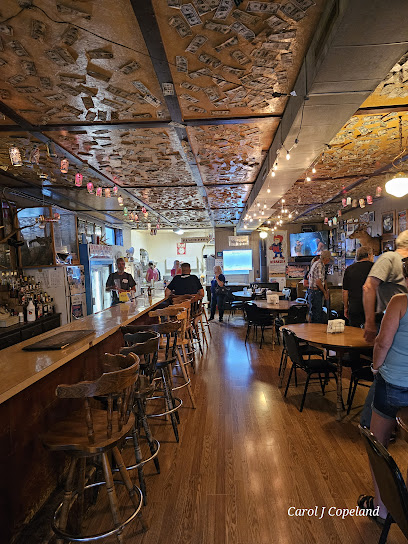
Corral Bar
Discover the charm of Corral Bar in Bassett, Nebraska, where local flavors and a welcoming atmosphere create a memorable dining experience.
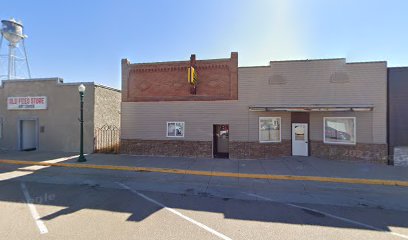
Dinty Moore's
Experience the heart of Nebraska City at Dinty Moore's, where affordable drinks meet a cozy, inviting atmosphere perfect for relaxation.
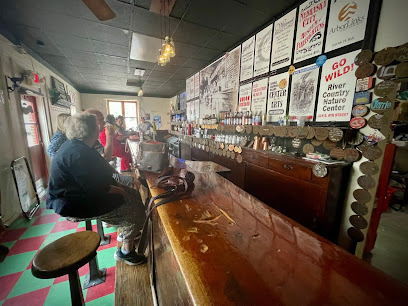
Double T Bar
Discover the essence of local dining at Double T Bar in Halsey, Nebraska, where delicious grill cuisine meets welcoming small-town charm.
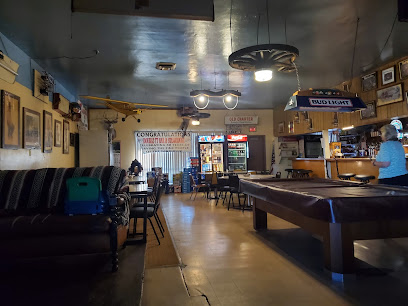
Sand Bar
Experience the lively vibe of Sand Bar in Oak, Nebraska, offering a delightful selection of drinks and a vibrant social atmosphere.

Local Phrases about Sandhills
-
- HelloHowdy
[hao-dee] - GoodbyeSo long
[so long] - YesYup
[yuhp] - NoNah
[nah] - Please/You're welcomePlease/You're welcome
[please/yer welcome] - Thank youThanks
[thanks] - Excuse me/SorryPardon me
[par-dn mee] - How are you?Howdy
[hao-dee] - Fine. And you?Just fine. And you?
[just fine. and yuh] - Do you speak English?You speak English?
[yu speak ing-glish] - I don't understandI ain't gettin' ya
[I aint get-tin yuh]
- HelloHowdy
-
- I'd like to see the menu, pleaseI wanna see the menu, please
[I wanna see the menu, please] - I don't eat meatI don't eat meat
[I don't eat meat] - Cheers!Cheers!
[cheers] - I would like to pay, pleaseI wanna pay, please
[I wanna pay, please]
- I'd like to see the menu, pleaseI wanna see the menu, please
-
- Help!Help!
[Help!] - Go away!Get outta here!
[Get out-ta here!] - Call the Police!Call the Sheriff!
[Call the Sheriff!] - Call a doctor!Call a doc!
[Call a doc!] - I'm lostI'm lost
[I'm lost] - I'm illI'm sick
[I'm sick]
- Help!Help!
-
- I'd like to buy...I wanna buy...
[I wanna buy...] - I'm just lookingI'm just lookin'
[I'm just lookin'] - How much is it?How much is it?
[How much is it?] - That's too expensiveThat's too much
[That's too much] - Can you lower the price?Can you lower the price?
[Can you lower the price?]
- I'd like to buy...I wanna buy...
-
- What time is it?What time is it?
[What time is it?] - It's one o'clockIt's one o'clock
[It's one o'clock] - Half past (10)Half past (10)
[Half past (10)] - MorningMornin'
[Mornin'] - AfternoonAfternoon
[Afternoon] - EveningEvenin'
[Evenin'] - YesterdayYesterday
[Yesterday] - TodayToday
[Today] - TomorrowTomorrow
[Tomorrow] - 1One
[wun] - 2Two
[too] - 3Three
[three] - 4Four
[four] - 5Five
[five] - 6Six
[six] - 7Seven
[sev-n] - 8Eight
[ate] - 9Nine
[nine] - 10Ten
[ten]
- What time is it?What time is it?
-
- Where's a/the...?Where's the...?
[Where's the...?] - What's the address?What's the address?
[What's the address?] - Can you show me (on the map)?Can you show me (on the map)?
[Can you show me (on the map)?] - When's the next (bus)?When's the next (bus)?
[When's the next (bus)?] - A ticket (to ....)A ticket (to ....)
[A ticket (to ....)]
- Where's a/the...?Where's the...?
History of Sandhills
-
The Sandhills of Nebraska were formed during the last Ice Age, approximately 11,000 to 25,000 years ago. As glaciers receded, they left behind vast deposits of sand. Over millennia, these sands were sculpted by wind into rolling dunes, creating one of the largest dune formations in the Western Hemisphere. The unique topography and soil composition gave rise to a fragile yet thriving ecosystem of grasslands and wetlands.
-
Long before European settlers arrived, the Sandhills were home to various Native American tribes, including the Pawnee, Sioux, and Cheyenne. These tribes relied on the bountiful resources of the region, hunting bison and other game while also cultivating crops in the fertile river valleys. The Sandhills were considered sacred ground, and many important cultural and spiritual sites are scattered throughout the area.
-
The Homestead Act of 1862 played a significant role in the settlement of the Sandhills. The U.S. government offered 160 acres of land to anyone willing to cultivate it and build a dwelling. Despite the region's challenging environment, numerous settlers moved to the Sandhills, establishing ranches and farms. However, the harsh conditions and lack of surface water made it difficult for many settlers, leading to a gradual shift towards cattle ranching, which proved more sustainable.
-
In the late 19th century, the Great Western Cattle Trail, also known as the Texas Trail, passed through the Sandhills. This trail was a major route for driving cattle from Texas to northern markets and railheads. The Sandhills provided critical grazing land for these cattle drives, offering a respite for both cowboys and livestock. This period was instrumental in cementing the Sandhills' legacy as prime cattle country.
-
The Sandhills were not immune to the devastation of the Dust Bowl during the 1930s. Severe drought and poor agricultural practices led to widespread soil erosion and crop failures. However, the Sandhills' deep-rooted native grasses helped mitigate some of the worst effects. Efforts by the federal government, including the establishment of conservation programs, helped restore the land and promote sustainable farming and ranching practices.
-
Today, the Sandhills are recognized for their ecological importance. The region is home to numerous endangered species, including the whooping crane and the blowout penstemon. Conservation efforts have focused on preserving the unique habitats, promoting sustainable land use, and protecting the delicate balance of this rare ecosystem. Organizations like The Nature Conservancy and various state agencies work tirelessly to maintain the health and vitality of the Sandhills.
-
The cultural heritage of the Sandhills is deeply rooted in its history of Native American traditions, pioneering spirit, and ranching lifestyle. Modern-day residents continue to uphold these traditions, with many families having lived in the area for generations. Annual events such as rodeos, county fairs, and cultural festivals celebrate the rich history and vibrant community life. The Sandhills remain a testament to the resilience and adaptability of its people.
Sandhills Essentials
-
The Sandhills region in Nebraska is accessible by several means. The nearest major airport is Denver International Airport in Colorado, approximately 300 miles away. From Denver, you can rent a car or take a bus to reach the Sandhills. Alternatively, you can fly into smaller regional airports like North Platte Regional Airport or Grand Island Airport, which are closer but may require connecting flights. Amtrak also provides rail service to the area, with stops in towns such as McCook and Hastings.
-
The Sandhills is a vast and sparsely populated region, so having a car is highly recommended for getting around. Rental cars are available at major airports and in larger towns like North Platte. While public transportation options are limited, some local bus services and taxis are available in bigger towns. For a more immersive experience, consider renting an ATV or a bicycle to explore the rugged terrain and scenic trails.
-
The official currency in Nebraska is the US Dollar (USD). Credit and debit cards are widely accepted in most hotels, restaurants, and shops. However, it is advisable to carry some cash, especially if you plan to visit more remote areas where card payment facilities may not be available. ATMs are available in larger towns, but it's wise to withdraw sufficient cash beforehand.
-
The Sandhills region is generally safe for tourists. However, common safety precautions should be observed. Avoid walking alone at night in unfamiliar areas and keep an eye on your belongings in crowded places. There are no specific high-crime areas targeting tourists, but always stay vigilant and aware of your surroundings. Additionally, be cautious of wildlife and weather conditions, as the area can experience extreme weather.
-
In case of emergency, dial 911 for immediate assistance. Local police stations and medical facilities are available in larger towns such as North Platte and Grand Island. It is recommended to have travel insurance that covers medical emergencies. For minor health issues, there are pharmacies where you can purchase over-the-counter medications. Carry a first aid kit, especially if you plan to explore remote areas.
-
Fashion: Do wear comfortable and practical clothing suitable for outdoor activities. Layers are recommended due to variable weather. Avoid overly revealing clothing. Religion: Do respect local customs and traditions. Some areas may have historical churches or religious sites. Public Transport: Do be courteous and respectful to drivers and other passengers. Don't rely on public transport for exploring remote areas. Greetings: Do greet people with a friendly hello or a handshake. Locals are generally welcoming and polite. Eating & Drinking: Do try local cuisine, such as Nebraska beef and regional specialties. Don't refuse hospitality, as it is considered impolite.
-
To experience the Sandhills like a local, visit during the Nebraska Sandhills Cowboy Poetry Gathering or the annual Sandhills Journey Scenic Byway events. Engage with locals at small-town diners and cafes, where you can hear stories about the region's history and culture. Don't miss out on exploring the numerous lakes and rivers for fishing and boating activities. For a unique experience, consider staying at a guest ranch to get a taste of authentic cowboy life.
Trending Landmarks in Sandhills
-
Carhenge
-
Great Platte River Road Archway Monument
-
Scotts Bluff National Monument
-
Pioneer Village
-
Chimney Rock Museum
-
Crane Trust Nature & Visitor Center
-
Historic Haymarket
-
Toadstool Geological Park and Campground
-
Buffalo Bill Ranch State Historical Park Museum
-
Fort Atkinson State Historical Park
-
Windmill State Park
-
Rowe Sanctuary
-
Nebraska National Forest, Bessey Ranger District
-
Alliance Knight Museum
-
Fort Kearny State Historical Park
Nearby Cities to Sandhills
-
Things To Do in Kearney
-
Things To Do in Grand Island
-
Things To Do in Mitchell
-
Things To Do in Pierre
-
Things To Do in Sterling
-
Things To Do in Lincoln
-
Things To Do in Sioux City
-
Things To Do in Sioux Falls
-
Things To Do in Mount Rushmore
-
Things To Do in Rapid City
-
Things To Do in Custer
-
Things To Do in Omaha
-
Things To Do in Council Bluffs
-
Things To Do in Brookings
-
Things To Do in Cheyenne

